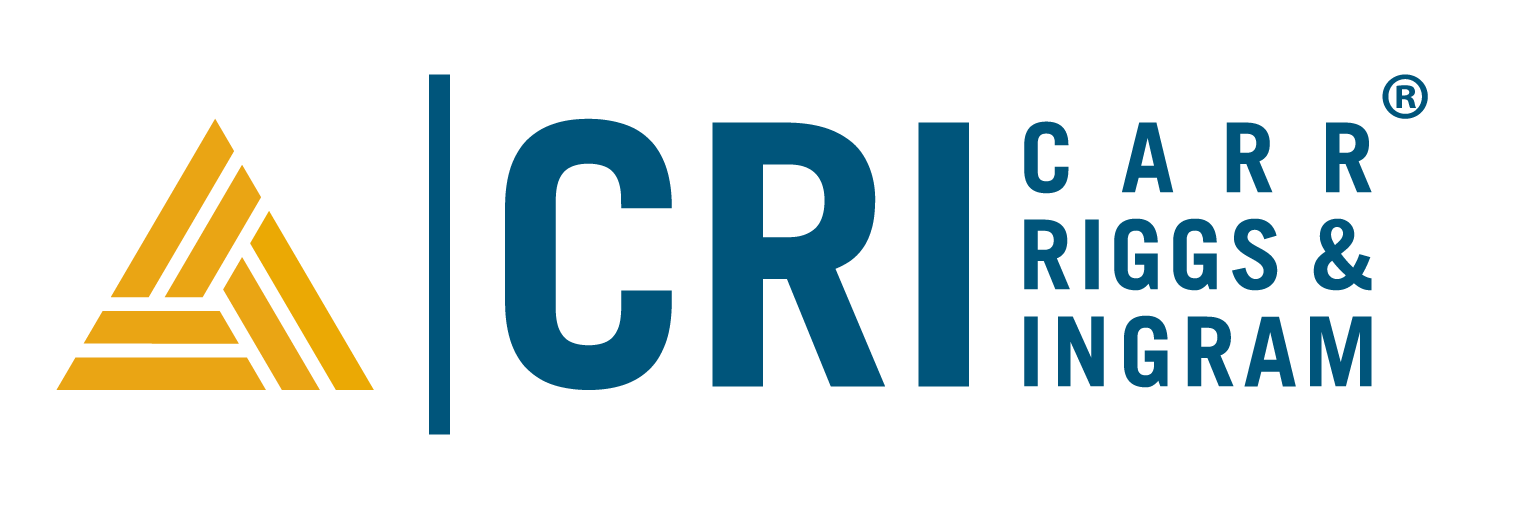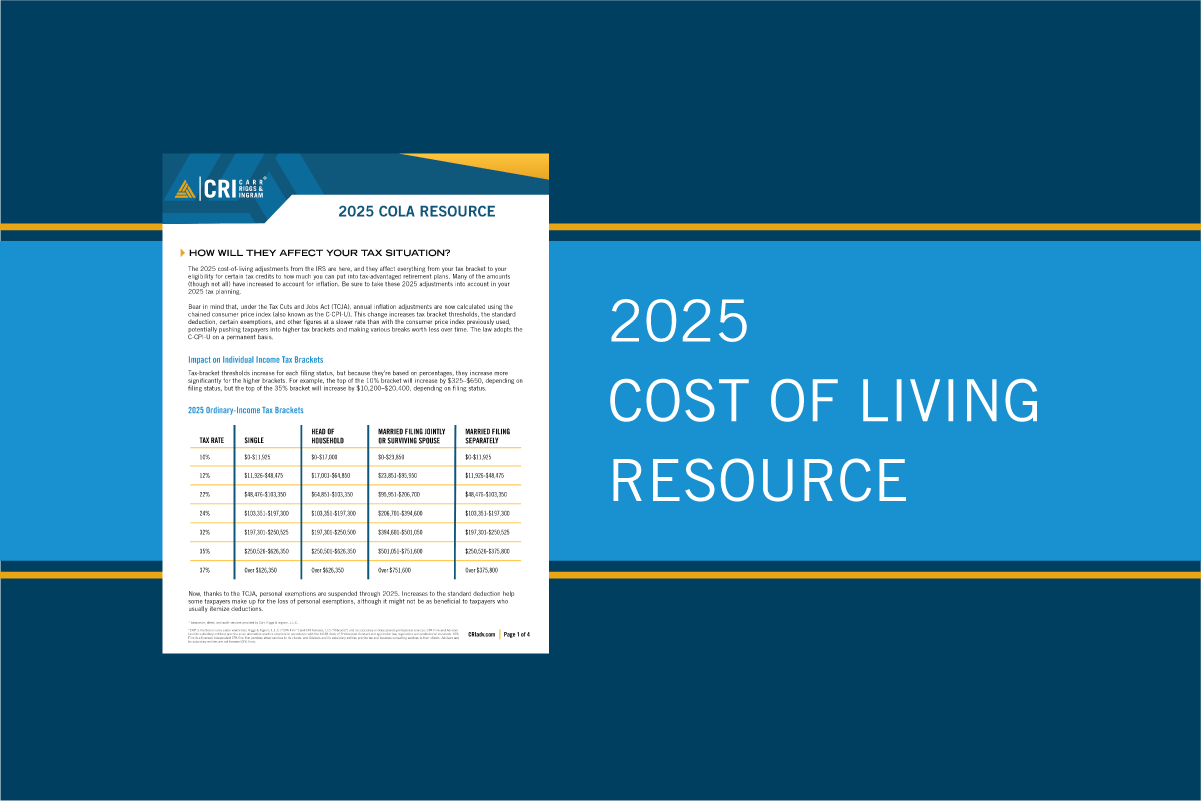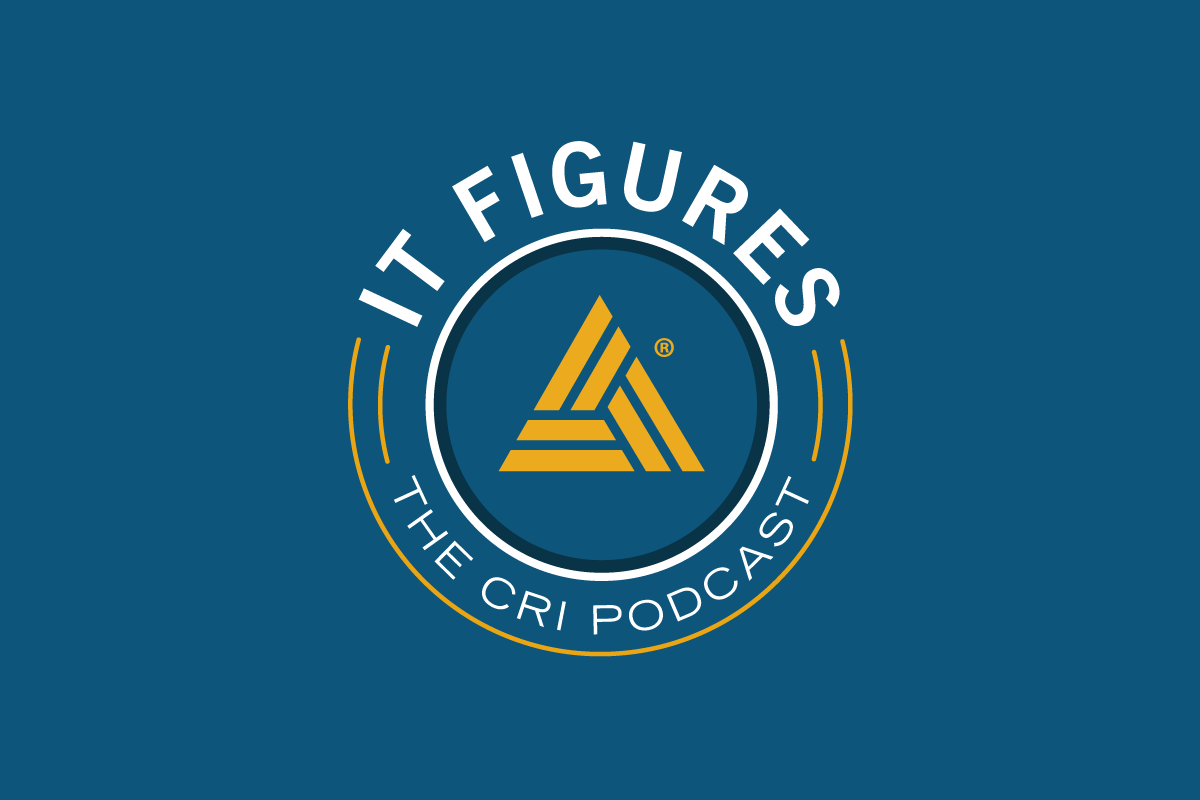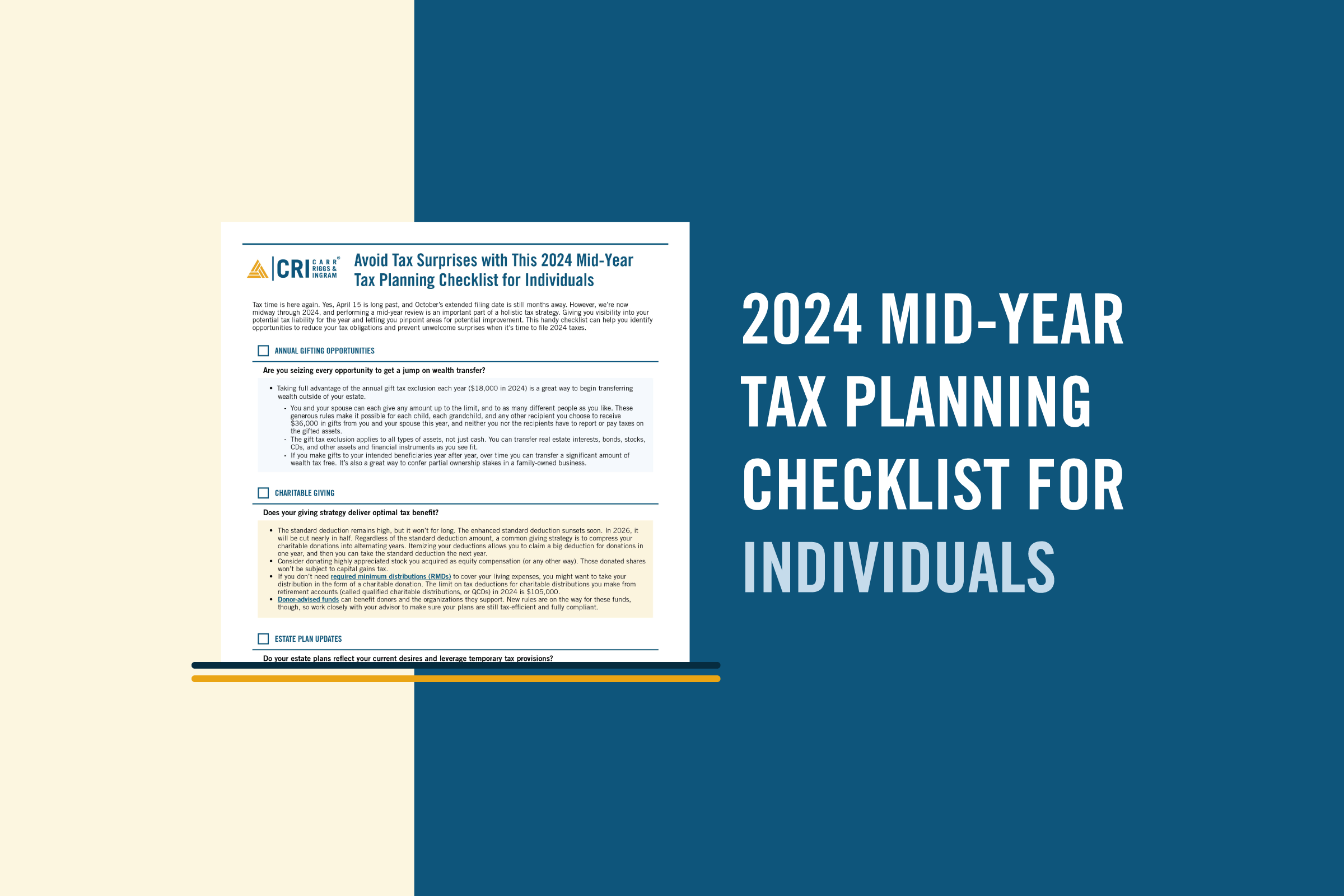How Contractors Can Bridge the Age Gap
Apr 7, 2021
By some estimates, about 10,000 workers are retiring every day. Unfortunately, these aging Baby Boomers are taking a significant volume of knowledge with them as they walk out the door. This leaves a huge wake that can’t be filled by Generation X, as they’re much smaller by volume.
Many contractors are beginning to view Millennials as the likely sole solution to today’s labor woes. They’re taking important and necessary steps to attract them to the industry, and even tailoring their recruitment strategies to reach 20- and 30-somethings.
Along the way, they’re telling a cohesive story that resonates with the Millennial mindset. Recruiting is much more than simply competing for workers over wages; it’s also about offering a robust training program and well-defined pathway for mobility. Technology should play a role in the process. Some contractors even incorporate gaming technology, augmented and virtual reality to attract and train workers in pipe fitting, welding, electrical, instrumentation etc.
A dedicated recruitment manager can be useful in helping to build relationships through job fairs, industry, community and schools events, veterans initiatives, women-in-trades events etc. A robust internship program can also target middle school, high school and college students.
Of course, the jobs gap is a symptom of a bigger problem – a general lack of interest in construction. That’s why contractor groups are collectively pushing for technical education awareness programs as early as grade school. They’re focusing their efforts on attracting the volumes of people they need, connecting them with the appropriate education institutions, and ensuring that learning objectives are aligned with knowledge, skills and ability.
Some even leverage opportunities afforded by the pandemic, often using Zoom to broaden their reach. In that case, workforce development directors can hop on a call to introduce K-12 students to construction in an engaging way.
Preserving Knowledge and Values
“Brain drain” is a particular problem left behind by the departing Baby Boomers. As such, another prevailing human resource challenge is finding ways to transfer knowledge quickly, efficiently and effectively to a more diverse workforce. Some lean on tools specifically dedicated to knowledge transfer and have become more sophisticated in how they train.
Others use a multi-faceted plan for managing seismic demographic shifts targets knowledge management, operational excellence, HR processes and culture. They’re also incorporating technology into their recruitment practices so that they can more easily establish a conversation with potential recruits, or are turning to social media to accomplish the same result.
Through it all, contractors should be mindful of the potential negative impacts to their cultural and organizational values that can occur during the transition. As the Baby Boomers depart, owners should ensure that their values don’t walk out the door with them. Strong communication is an important part of the process. They should use engagement metrics to ensure their employees are actively displaying the behaviors that they want to see in the field.
Human resource policies should also be holistic in nature, with a focus on respect for the individual. As a result, a contractor can increase retention, increase engagement and hire those people who want to be here. That will definitely impact the bottom line and improve retention.










































































































































































































































































































































































































































































